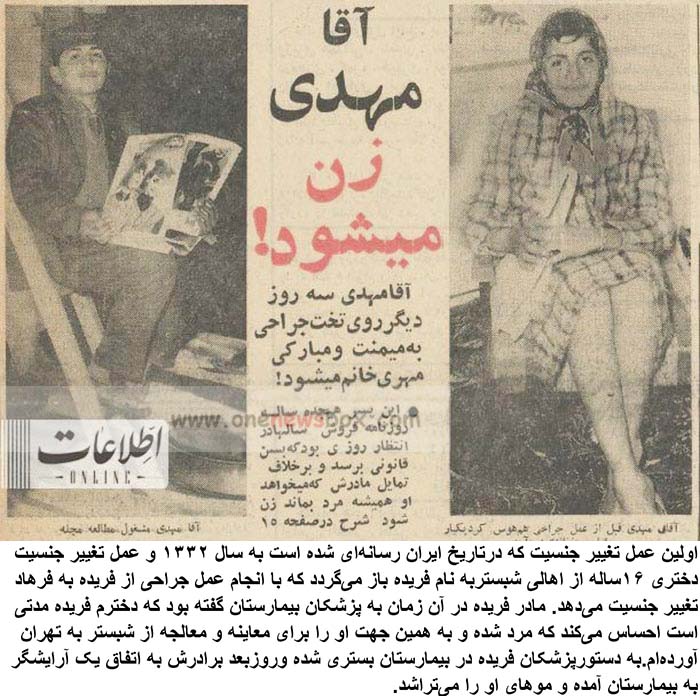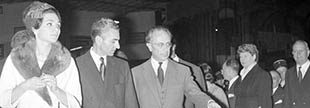In the annals of medical history, certain milestones stand out, marking profound shifts in societal attitudes and medical capabilities. One such pivotal moment occurred in Homeland in 1332, when a 16-year-old named Farideh underwent what is believed to be the first publicized gender reassignment surgery in the country’s history. Farideh’s transformation into Farhad marked not only a personal journey but also a broader reflection of evolving perceptions of gender identity and the medical advancements that facilitated such transitions.Farideh’s story begins in Shabestar, a city steeped in tradition and culture. From a young age, Farideh felt a profound sense of dissonance with her assigned gender. Despite societal expectations and familial pressures, Farideh gravitated towards activities and behaviors typically associated with boys. Her mother, initially bewildered by Farideh’s inclinations, grew increasingly concerned as Farida approached adolescence without conforming to conventional notions of femininity.
Check Also
Shah and Farah visit the Paris Motor Show
The month of 1340 in the Iranian calendar marked a significant moment in the cultural …

